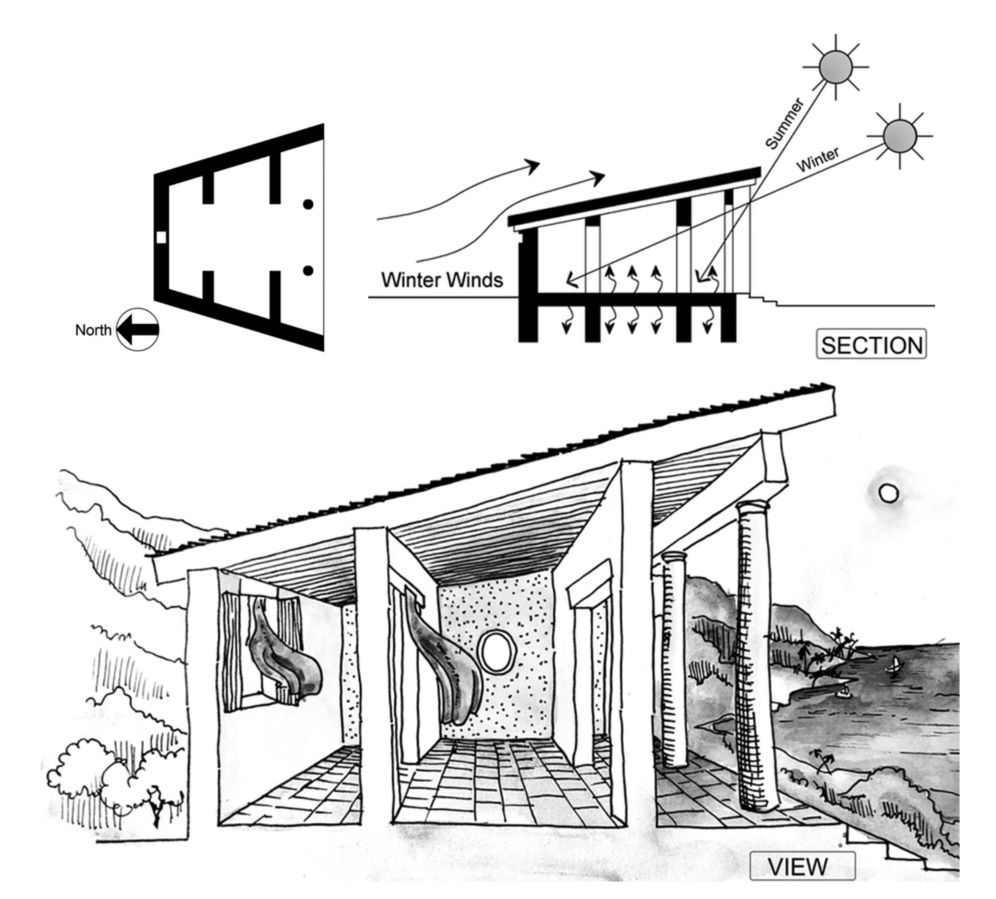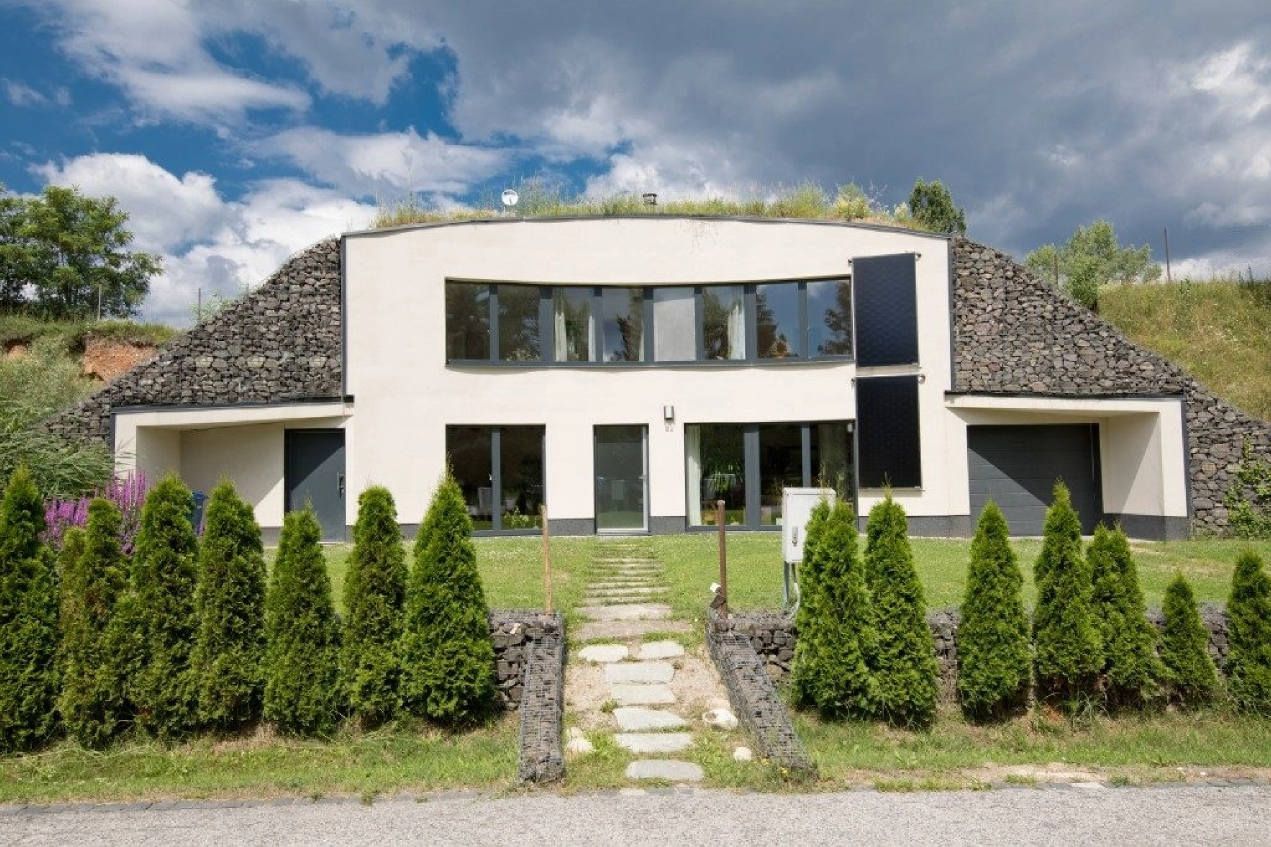History of underground houses
Dozens of different cultures around the world, from the icy arctic regions to arid Australia to the deserts of Africa, bear historical marks of building houses either partially or completely covered with earth.
The reason is simple. The soil around the house provides amazing insulating properties, creates a pleasant coolness in the summer and, on the contrary, accumulates a huge amount of heat in the winter. Throughout the year, it provides stable humidity and temperature completely naturally without the use of electronics. The soil provides protection, silence, unsurpassed insulating properties, preserves the house and has minimal maintenance costs.
Talpa House Concept
Founder Martin came up with the idea of building houses underground while at college in Australia. After reading a book about houses underground. Since then, he has not been able to get rid of this concept in his head and has been intensively inventing ways to bring this concept to perfection with today's technologies.

"I was obsessed with the vision of an energetically perfect house that would use the irreplaceable advantages of the underground house tested by ancient civilizations. I knew that by eliminating their shortcomings thanks to modern construction technologies, a house would be created that makes maximum use of the power of nature and at the same time consumes as little energy as possible without the use of additional electronics such as air conditioning and recuperation."
————
Martin Pribila, founder and CEO
With the use of modern and ecological materials such as recycled waterproofing concrete, rubber insulation, glass thermal insulation, we eliminated the shortcomings of historical underground houses, but we fully preserved all their advantages.
We have also perfected the water cycle, which starts on the roof. Rainwater and irrigation water is first filtered through the soil on the roof, flows into a natural root cleaner where, together with the wastewater from the house, 99% of impurities are removed and is suitable, for example, for further irrigation on the roof, which starts the cycle all over again.
Socrates' ideal arrangement of the house - Megaron
When building our houses, we are inspired by Socrates' arrangement of the house, which obtains the maximum from nature and at the same time consumes as little as possible. He proposed already in the 15th century.
Sloped ceiling for better light distribution. Orientation to the south for the use of solar energy and a well-lit interior. A covered terrace that provides shade in the summer when the sun is high and vice versa in the winter when the sun is lower lets the rays in and warms the interior.

Having windows on the north side is energy-lossy, so he designed this side as small as possible with the smallest possible windows. In our case, we went even further and omitted the northern windows altogether. We maximized the size of the southern and most energy-efficient windows for plenty of light and optimal heat gain. We thus obtained from nature with the improvement of Socrates' concept the maximum possible energy efficiency without the need to use recuperation or air conditioning.
You can read more about Socrates' house layout here
The First Talpa House
After returning from his studies in Australia, Martin was so obsessed with the idea of building a house underground that he decided to build it for his own family. He created his own project, calculated the statics and within two years in 2010 completed the unique construction of his first underground house. People from other countries came to admire it, it gained the attention of journalists, and the first orders from other interested parties began to increase.

The present
After 12 years, our team and I have built more than 20 underground houses across several European countries. During that time, we have fine-tuned the construction and processes in our underground houses to perfection. Our goal is to build sustainable and honest ecological houses with a lifespan of more than 100 years.
"In contemporary architecture, we often treat nature as our enemy, but if we choose the opposite approach, start cooperating with it and use it to our advantage, we will discover far more effective and truly sustainable solutions."
————
Martin Pribila, founder and CEO









